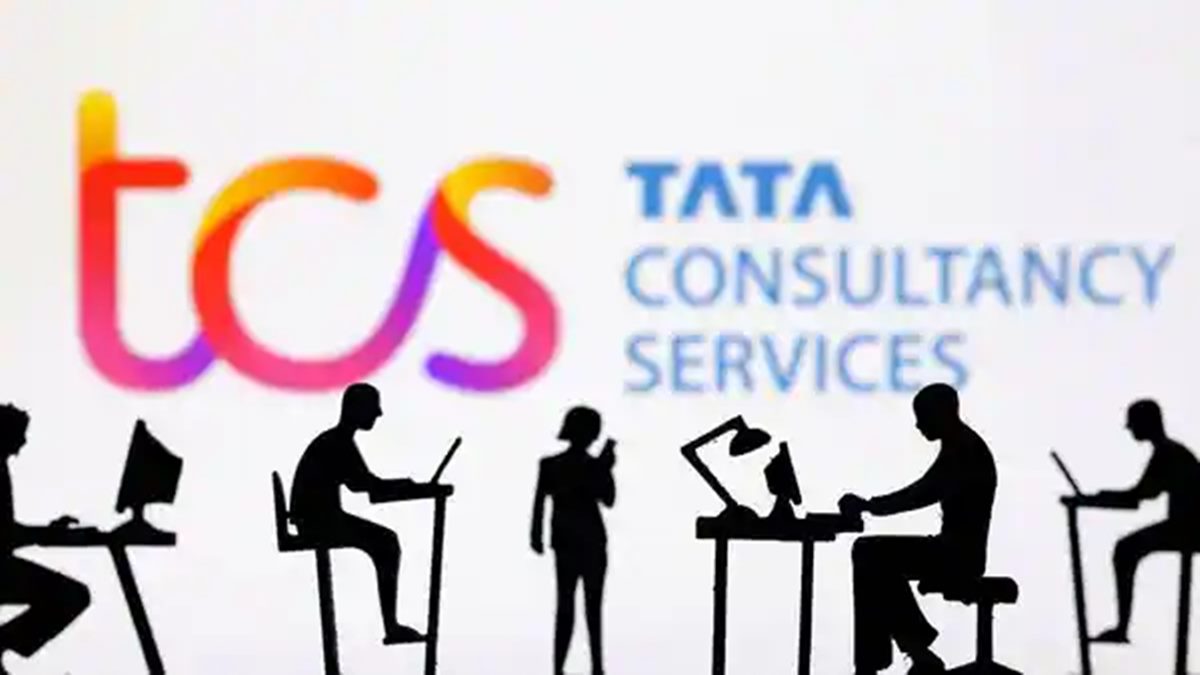Amazon.com Inc.’s latest round of global layoffs has sent a stark warning to India, the world’s most populous nation and home to its largest youth workforce.
According to a Bloomberg report, the e-commerce and cloud services giant’s decision to eliminate 14,000 corporate positions worldwide underscores a deeper challenge, the rising threat of artificial intelligence to white-collar employment.
While these cuts may not directly dent Amazon’s large Indian workforce, the real concern lies in the types of jobs being replaced. As Bloomberg notes, generative AI is beginning to affect far more than just entry-level computer programming, a shift that could fundamentally reshape India’s labor market.
AI’s Reach Expands Beyond Tech
Outsourcing hubs like Bengaluru and Hyderabad, the backbone of India’s tech-driven economy,are already feeling early tremors from AI’s advance. Local media reports cited by Bloomberg suggest that Amazon’s layoffs may hit employees in finance, marketing, human resources, and technology.
This broad sweep signals that automation is no longer confined to coders and software developers. It now threatens a wider range of professional services, putting entire sectors on alert and lending credibility to a growing body of academic research warning of AI’s disruptive potential.
History Offers a Harsh Lesson
Researchers at Northwestern University and the Massachusetts Institute of Technology (MIT) have analyzed nearly 200 years of data on labor markets and technological change. Their findings, cited by Bloomberg, suggest that advances in natural-language processing may increasingly favor lower-educated, lower-paid, and more male-dominated occupations such as construction and trucking.
This marks a dramatic reversal of past innovation cycles. Until the 1980s IT revolution, most automation replaced manual labor but supported cognitive work. For instance, the invention of a glassmaking machine by Irving Colburn in the early 20th century cut hand-blown glass workers’ wages by 40%, ultimately pushing an entire class of artisans out of business, according to Bloomberg.
By contrast, the arrival of electronic calculators in the 1970s helped accountants and auditors become more productive rather than obsolete. This era of technological progress, Bloomberg notes, expanded opportunities for women, especially in services such as finance and healthcare, a shift that paralleled the easing of domestic burdens through new household technologies.
The AI Era Could Reverse Hard-Won Gains
However, the tide may now be turning. As Bloomberg reports, researchers warn that with the capital costs of implementing AI tools falling each year, cognitive tasks that don’t require at least five years of specific vocational training are at risk.
That includes many entry-level analytical roles, like parsing financial statements or preparing client reports.
A striking example is Lilli, McKinsey & Co.’s proprietary AI system now drafting proposals and slide decks for consultants. Named after the firm’s first female professional hired in 1945, the tool underscores a paradox: automation could disproportionately impact better-paid, higher-educated, and female-oriented professions, reversing decades of progress toward workplace equality.
India’s Youth Face an Uncertain Future
The implications are especially severe for India’s 375 million young people aged 10 to 24. With urban youth unemployment already at 18.5% and female labor-force participation below 22%, AI-driven corporate restructuring could make matters worse.
A Bloomberg-cited study by London School of Economics professor Luis Garicano explores a worrying scenario: if AI replaces entry-level “grunt work,” who will train fresh graduates? Without on-the-job experience, their path to higher-wage roles could vanish, creating a stalled generation of educated but unemployable youth.
A Warning Echoing India’s Past
This would not be India’s first labor shock. The country’s cotton spinners and weavers, once world leaders in craftsmanship during the 18th century, were devastated by the Industrial Revolution. Today, as India aspires to shift from a lower-middle to higher-middle income economy, AI threatens its core competitive advantage, a youthful workforce unmatched by aging global peers.
Rethinking India’s AI Strategy
Bloomberg’s report emphasizes that India’s response to AI must blend incentives with accountability. For one, China’s dominance in large language models (LLMs) among the world’s top 20 highlights India’s weak investment in fundamental AI research, a gap that must urgently close.
The government, experts say, should compel outsourcing giants to reinvest profits into AI innovation rather than share buybacks. Building data centers alone will not secure India’s technological future. At the same time, corporate R&D incentives could accelerate homegrown breakthroughs, from AI-driven drug discovery to advanced manufacturing solutions.
A Race Against Time
As Bloomberg concludes, the next 25 years represent India’s window to grow rich before it grows old. But if policymakers and businesses fail to adapt, the nation risks falling on the wrong side of technological change for the second time in 300 years.
That includes many entry-level analytical roles, like parsing financial statements or preparing client reports.
A striking example is Lilli, McKinsey & Co.’s proprietary AI system now drafting proposals and slide decks for consultants. Named after the firm’s first female professional hired in 1945, the tool underscores a paradox: automation could disproportionately impact better-paid, higher-educated, and female-oriented professions, reversing decades of progress toward workplace equality.
India’s Youth Face an Uncertain Future
The implications are especially severe for India’s 375 million young people aged 10 to 24. With urban youth unemployment already at 18.5% and female labor-force participation below 22%, AI-driven corporate restructuring could make matters worse.
A Bloomberg-cited study by London School of Economics professor Luis Garicano explores a worrying scenario: if AI replaces entry-level “grunt work,” who will train fresh graduates? Without on-the-job experience, their path to higher-wage roles could vanish, creating a stalled generation of educated but unemployable youth.
A Warning Echoing India’s Past
This would not be India’s first labor shock. The country’s cotton spinners and weavers, once world leaders in craftsmanship during the 18th century, were devastated by the Industrial Revolution. Today, as India aspires to shift from a lower-middle to higher-middle income economy, AI threatens its core competitive advantage, a youthful workforce unmatched by aging global peers.
Rethinking India’s AI Strategy
Bloomberg’s report emphasizes that India’s response to AI must blend incentives with accountability. For one, China’s dominance in large language models (LLMs) among the world’s top 20 highlights India’s weak investment in fundamental AI research, a gap that must urgently close.
The government, experts say, should compel outsourcing giants to reinvest profits into AI innovation rather than share buybacks. Building data centers alone will not secure India’s technological future. At the same time, corporate R&D incentives could accelerate homegrown breakthroughs, from AI-driven drug discovery to advanced manufacturing solutions.
A Race Against Time
As Bloomberg concludes, the next 25 years represent India’s window to grow rich before it grows old. But if policymakers and businesses fail to adapt, the nation risks falling on the wrong side of technological change for the second time in 300 years.




















